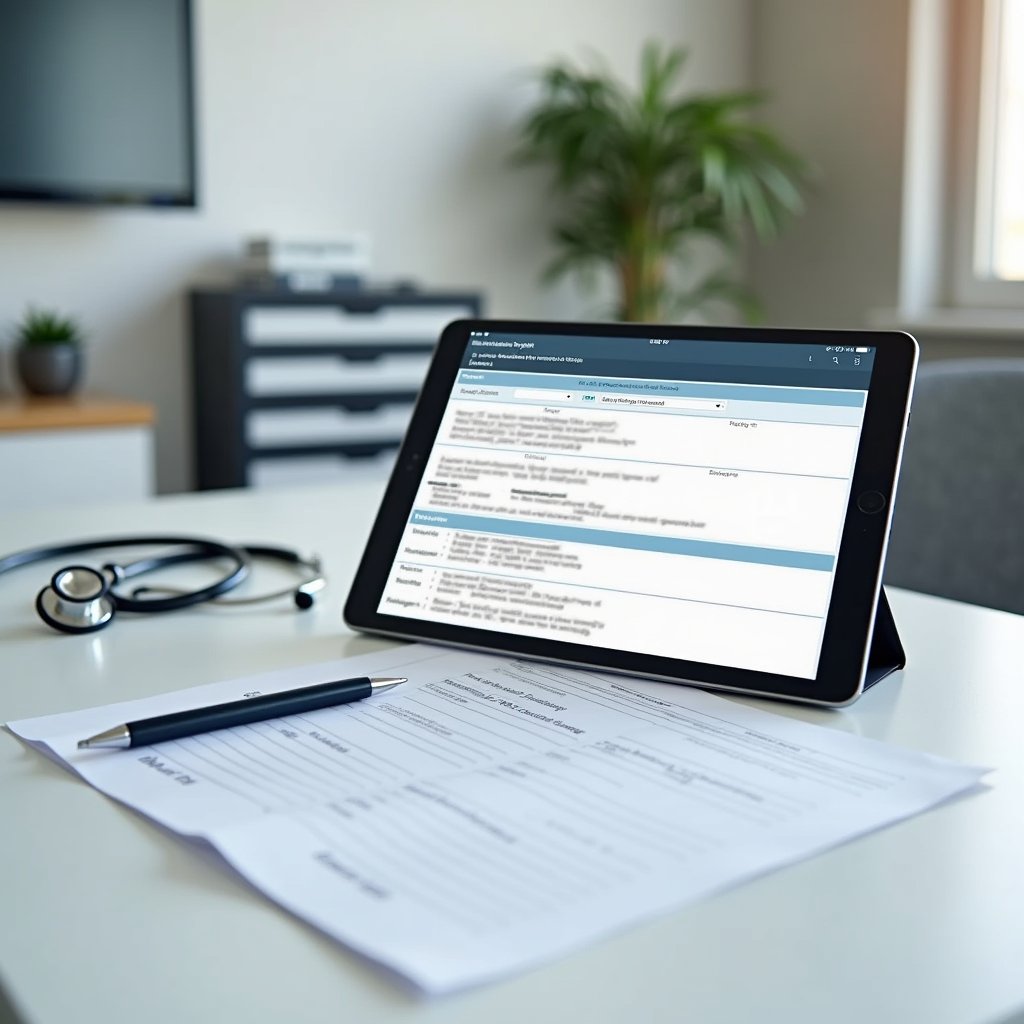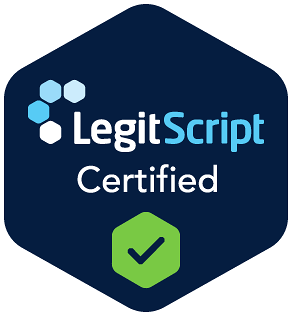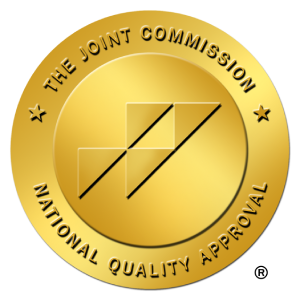To overcome cannabis addiction, you’ll need to follow three essential steps. Foremost, recognize the warning signs like physical symptoms and behavioral changes, then reach out to professional help through SAMHSA’s National Helpline. Next, find an accredited treatment program that matches your needs, whether outpatient or residential care. Ultimately, build your recovery foundation through behavioral therapy, healthy habits, and support networks. Understanding these steps in detail will strengthen your path to lasting recovery.
Recognizing Warning Signs and Seeking Help

While many people can use cannabis recreationally without developing dependency, recognizing the warning signs of problematic use is crucial for early intervention. You may notice physical symptoms like bloodshot eyes, dry mouth, and impaired coordination, alongside behavioral changes including declining performance at work or school. Regular teen users experience an average 8 IQ point decrease from sustained cannabis use. Users often display poor judgment and engage in risky behaviors that can impact their safety. Many individuals struggle with loss of control, using marijuana more frequently or for longer periods than they originally intended.
When identifying addiction risk factors, watch for increased tolerance, persistent use despite negative consequences, and withdrawal symptoms when attempting to quit.
If you’re experiencing anxiety, memory problems, or mood swings, don’t hesitate to reach out for professional help. The SAMHSA National Helpline offers 24/7 confidential support, and licensed counselors can assess your situation.
Managing withdrawal symptoms is easier with proper medical guidance, and multiple treatment options are available through specialized centers and online platforms like BetterHelp.
Finding the Right Treatment Program

When seeking treatment for cannabis addiction, selecting an appropriate program requires careful evaluation of multiple evidence-based factors. Begin with a thorough program assessment by verifying accreditation from JCAHO or CARF, which guarantees quality standards and evidence-based practices. Research shows that 75% of individuals who engage in proper treatment programs achieve recovery.
You’ll need to evaluate treatment options that align with your specific needs. The effectiveness of treatment is crucial since approximately 9% of users develop cannabis addiction. Teens who begin using early are at even higher risk, with addiction rates climbing to 17%. Consider whether outpatient or residential care better suits your situation, and verify that the program offers proven therapeutic approaches like CBT and MI. Guarantee the facility provides medical supervision during detoxification and incorporates dual diagnosis care if needed.
Finally, focus on continuum of care planning by confirming the program includes strong aftercare support and relapse prevention strategies. Check that they offer family therapy integration and ongoing counseling to support your long-term recovery success.
Building a Strong Recovery Foundation

Establishing a thorough recovery foundation requires a substantial approach that integrates professional support, behavioral interventions, and lifestyle modifications. You’ll need to combine structured behavioral therapy, like CBT and contingency management, with maintaining healthy lifestyle habits such as consistent exercise routines and proper nutrition. The integration of behavioral therapy tools helps address psychological dependencies and promotes lasting recovery.
Working with mental health professionals, you’ll learn to identify triggers and develop effective coping strategies through mindfulness and stress management techniques. Since psychological dependence is a major factor in cannabis addiction, therapy focuses heavily on restructuring thought patterns. Treatment programs often include individual counseling sessions to monitor your progress and address any challenges that arise during recovery.
Developing community support networks is extremely important. You’ll benefit from joining peer support groups like Marijuana Anonymous, connecting with mentors, and participating in therapeutic community programs. These connections provide accountability and shared experiences while helping you build new social circles that reinforce your recovery journey.
Engage in skill-building activities and community service to create purpose-driven routines that support long-term sobriety.
Frequently Asked Questions
Can Cannabis Addiction Treatment Affect Future Employment or Security Clearance Opportunities?
Yes, your cannabis addiction treatment history can impact future employment opportunities. Many employers have strict workplace policies regarding substance use history, and legal implications may arise during background checks or security clearance processes.
You’ll need to be prepared to address past treatment during job applications, especially for positions requiring clearance. However, demonstrating sustained recovery and rehabilitation can help mitigate these concerns with potential employers.
How Long Do THC Metabolites Remain Detectable During Recovery Drug Testing?
Your detection duration for THC metabolites varies markedly based on your usage patterns and individual factors. During metabolite monitoring, you’ll find THC detectable in urine for 3-30+ days, with occasional users clearing faster (3-5 days) than chronic users (30+ days).
Your body composition and metabolism play essential roles higher body fat extends detection time. Blood tests show shorter windows (hours), while hair tests can detect use for up to 90 days.
Are There Specific Dietary Changes That Can Support Cannabis Withdrawal?
You’ll benefit from specific dietary changes during cannabis withdrawal. Focus on nutrient-dense foods rich in B-vitamins, magnesium, and omega-3s to support brain function and mood stability. While nutritional supplements can help, they shouldn’t replace whole foods.
Stay hydrated with water and electrolyte-rich beverages, avoid processed foods, and maintain regular meal patterns. Though herbal remedies may seem appealing, consult your healthcare provider before adding any supplements to your recovery plan.
What Insurance Codes Typically Cover Cannabis Addiction Treatment Programs?
You’ll typically find coverage for cannabis addiction treatment under several key insurance codes. Initial assessments are covered under H0001HF, while ongoing treatment often falls under H0004HF for extensive care.
For counseling, expect coverage through 90791-90792 for individual sessions and 97144-97150 for group therapy. Insurance coverage limits vary by provider, but addiction treatment costs are generally covered when you use appropriate H-codes or CPT codes with proper documentation.
Can Medical Cannabis Patients Safely Participate in Addiction Recovery Programs?
Yes, you can safely participate in addiction recovery programs as a medical cannabis patient, but you’ll need to carefully select programs that align with your needs. Look for treatment centers offering cannabis harm reduction approaches and sober living arrangements that accommodate prescribed medical use. You’ll want to verify the program’s policies upfront and provide proper documentation from your physician.
Some programs now offer specialized tracks balancing medical necessity with recovery goals.






